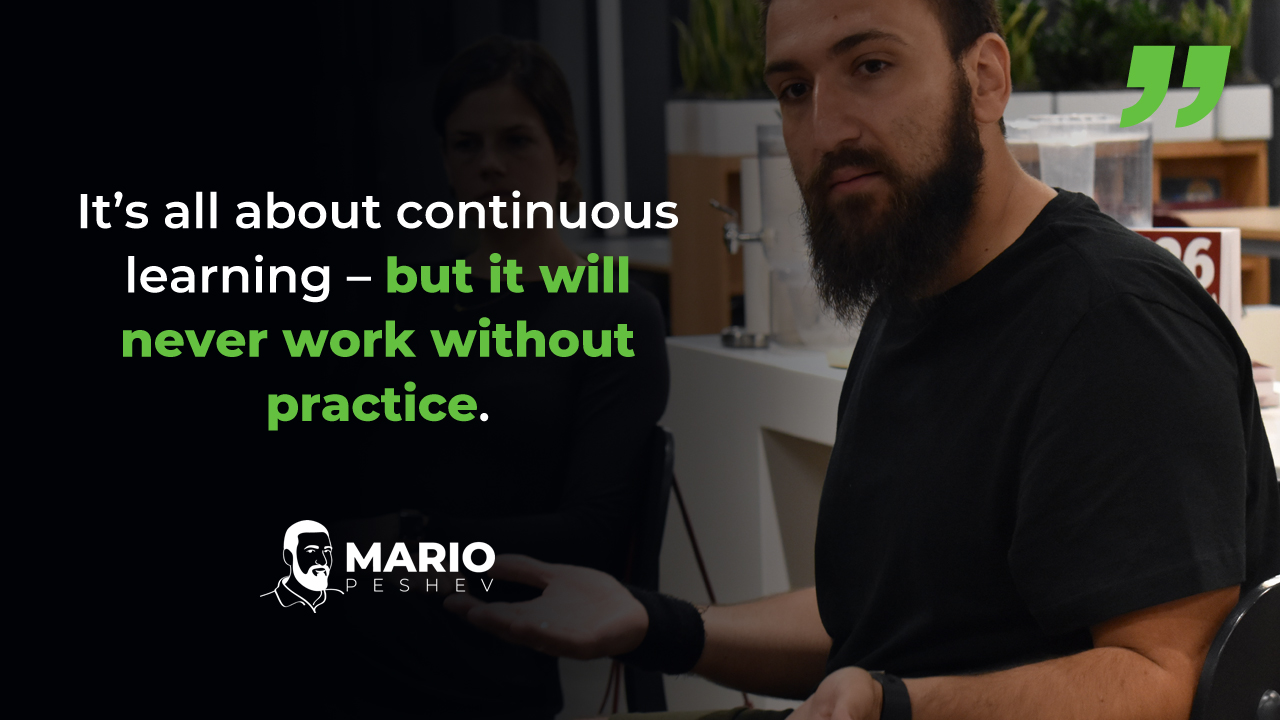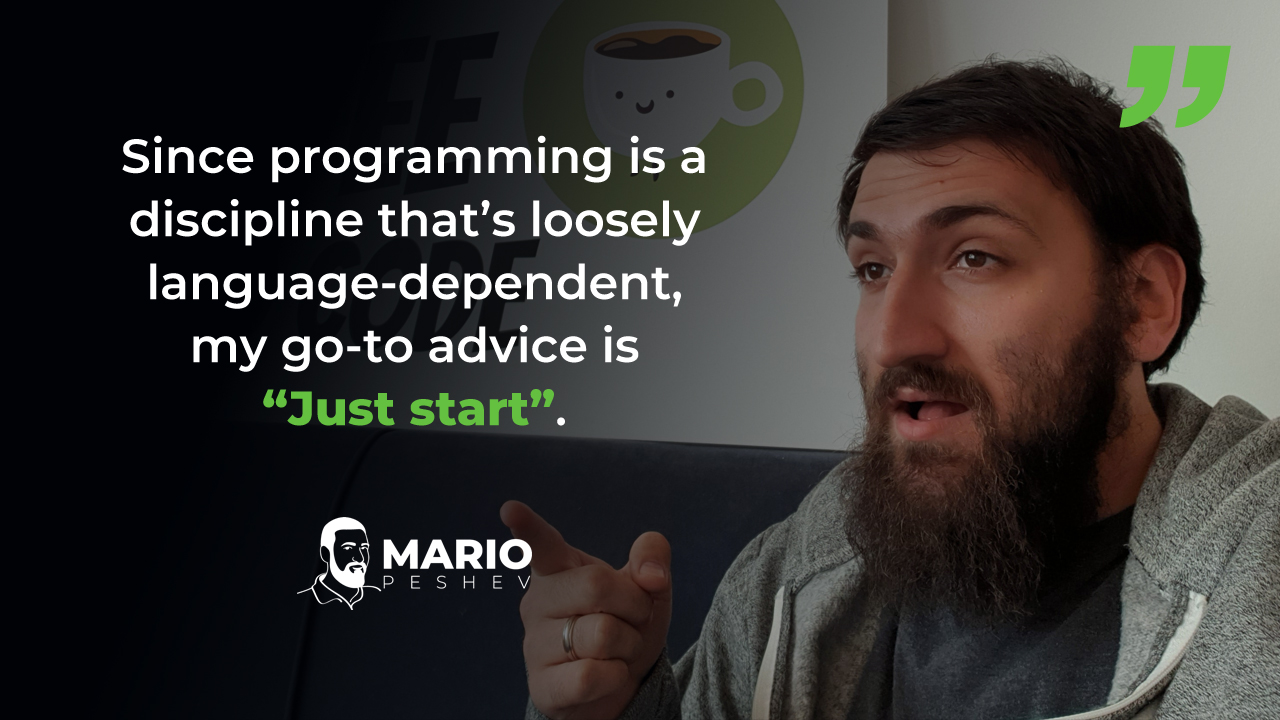Starting a new WordPress project requires some initial planning to avoid some common mistakes. Failing to adhere to an action plan may easily incur technical debt (with an unpredictable setup, libraries, and plugins).
The WordPress Theme Industry
There are tons of themes available – free or premium – and lots of theme markets for premium resources. I even mentioned a script for running your own theme market – that’s how popular it got recently.
Anyway, as a WordPress developer and consultant I try to select the best options for my clients. And I have some difficulties on the choice of a blank page theme framework or a beautiful frontend with no options. I had gone through three different directions:
- using a theme framework or child-ready theme like Sandbox, Woo’s Canvas, Pagelines and Justin’s Hybrid
- running a themeforest beautiful and shiny theme with like 10-15 options on the back
- writing a custom theme
Let’s review each one separately.
Theme Framework
Working with a WordPress framework is an interesting experience. You start with (almost always) a blank page with probably column layouts and tons of unused options.
You have lots of design restrictions applied in order for the options not to conflict with each other. Also, child themes are following a given structure which is always troubleish with fancy designs.
This is my favorite option among the three above. Or at least I enjoy it most.
But as I’m a techy and not a designer, implementing designs is not my passion. I do slicing but only for small and simple designs as I get nervous and prefer working with slicers instead.
I need to know the framework in depth in order to know whether a site could fit the layout because it might be a great overhead to do this (like having to write a static 1-page site and using Drupal for that, for instance).
(Which on the other has a learning curve and is risky having so many frameworks out there in the wild.)
Most WordPress frameworks have hooks to make it easier for you to attach and apply the code of your own to many places without hesitating for the chance of not being able to implement the design for a client.
Also, after a site or two, you get comfortable with that structure and drastically decrease the time for implementation, reuse your own snippets and so on.
Premium Theme
Another frequently preferred solution is listing the top sellers on ThemeForest and emailing them to my client.
I’m always hesitant when it comes to random premium themes off the Internet. Code quality is subpar more often than not, performance is affected, and security considerations shouldn’t be neglected either.
He gets the design, I do the further implementation. I have used 15+ of the themes there and it also takes time to reveal the full capabilities of a theme.
There is another bumpy caveat to consider – some demo pages have fancy scripts and layouts which are not widget/shortcode based but hardcoded in a way that you could hardly reproduce yourself.
Or other theme authors don’t include the demo content and your install has an ugly and empty website as an end result. Beware of such cases.
What I do like using premium themes is that when I explore a variety of them I can propose a quick and elegant solution to the client based on how close is the theme to the visual requirements and how many of the options in the backend cover the client’s needs.
Therefore, I have almost final mockups to a client’s design where I only need to do slight changes to logos, layout of sidebars, footers, some tiny formatting of colors and fonts and create the uniqueness of the final product. Any custom functionality beyond the theme abilities might be a hell if you are not well acquainted with the core of the theme.
Some of the themes and theme markets such as Woo or most top sellers’ themes come with great support in hand which is often lifesaver. A few of the frameworks could also give you a hand if you do your research in advance.
Custom Theme
This one takes longer and might get complicated if the project is complicated itself.
But who knows your project better than his author, who is you?
If you are confident enough to use and code WP themes, the custom theme would be most performance and look-and-feel wise appliance to the client needs. However, as already mentioned, it might get hardcode at some point plus that it takes more time and costs times more (for not-that-custom projects).
On the other hand, if you want something clean and simple (like my theme that DevWP runs here) it would be a quick and entertaining and fulfilling job that suits your needs.
Conclusion
There is no ‘right tool for every job‘.
The more you study the market and the available possibilities, the better you could serve your needs, the more affordable price to offer and the higher quality for a well-tested product to give.
My personal recommendation is:
- Invest a month or two for a framework and two or three free and premium themes and cover different projects within your scope with the product that serves best.
- Research for good open source and paid plugins that could save you tons of time, try them out (or at least read reviews carefully) and maintain a list of them.
You will be at the end highly concurrent, quick, efficient and you will improve your knowledge and codebase in WordPress.
Your patches and modifications for clients could latter be committed and contributed to the community. And this leads to an entirely new world of – open source teammates, the beginning of a commercial product/theme/framework and more.



